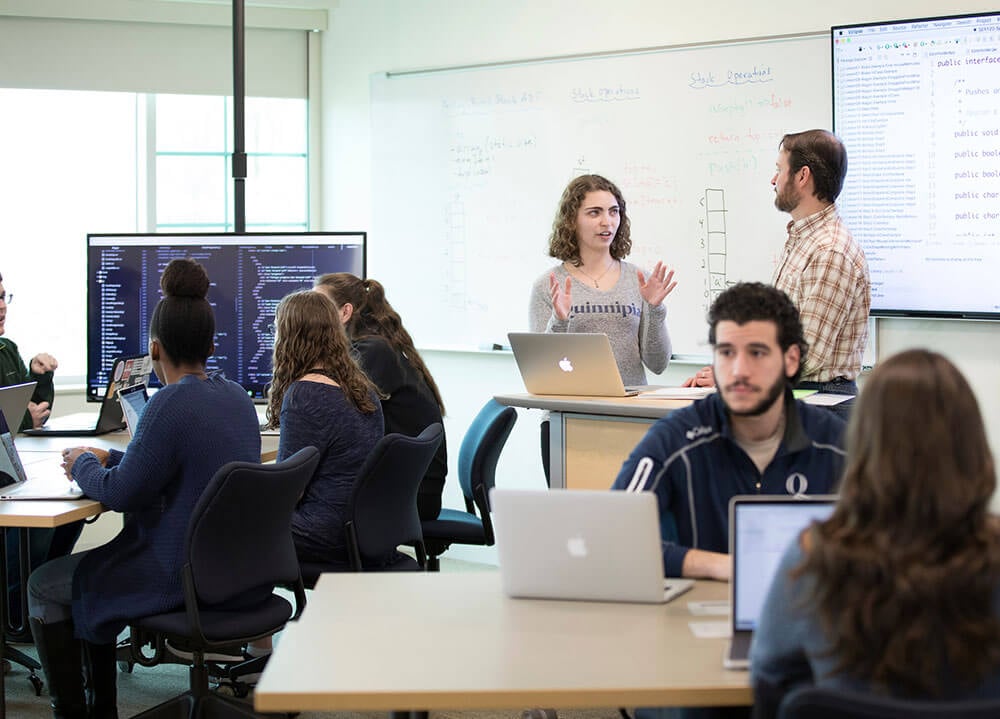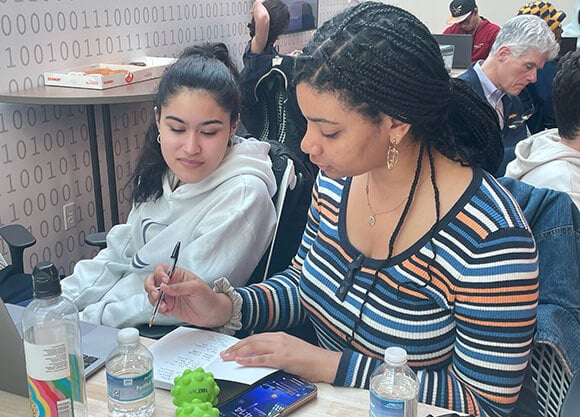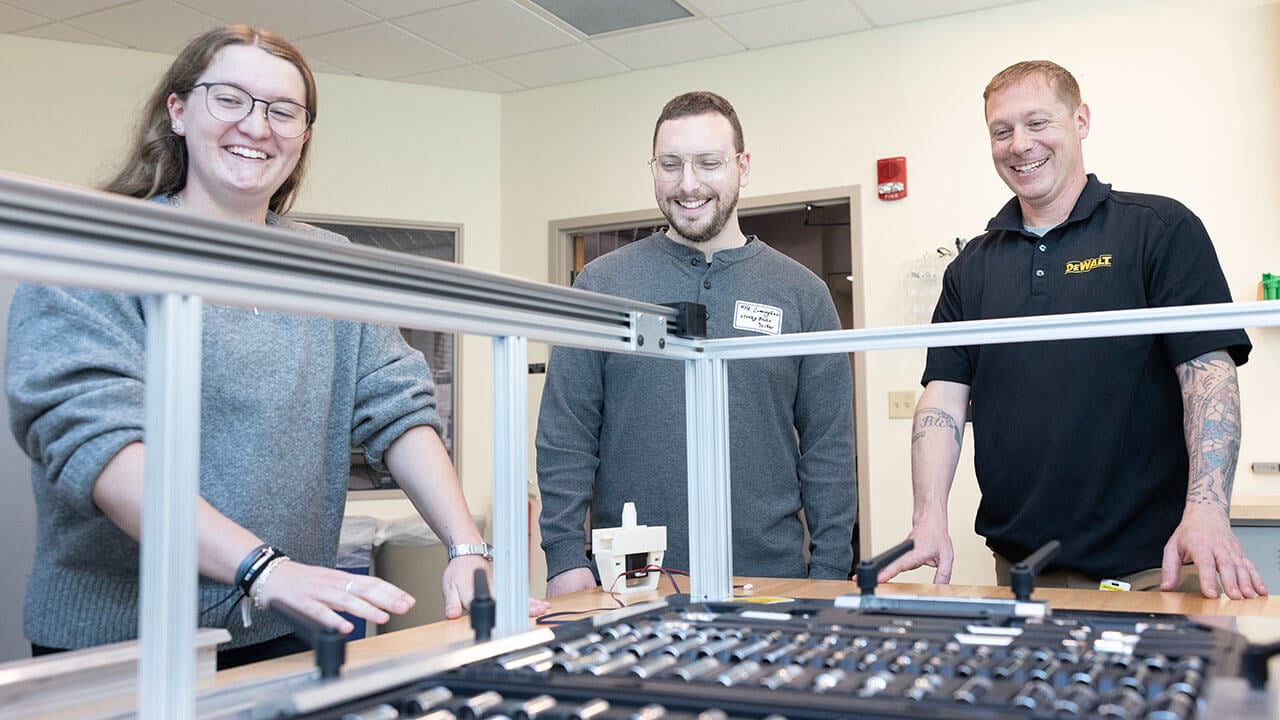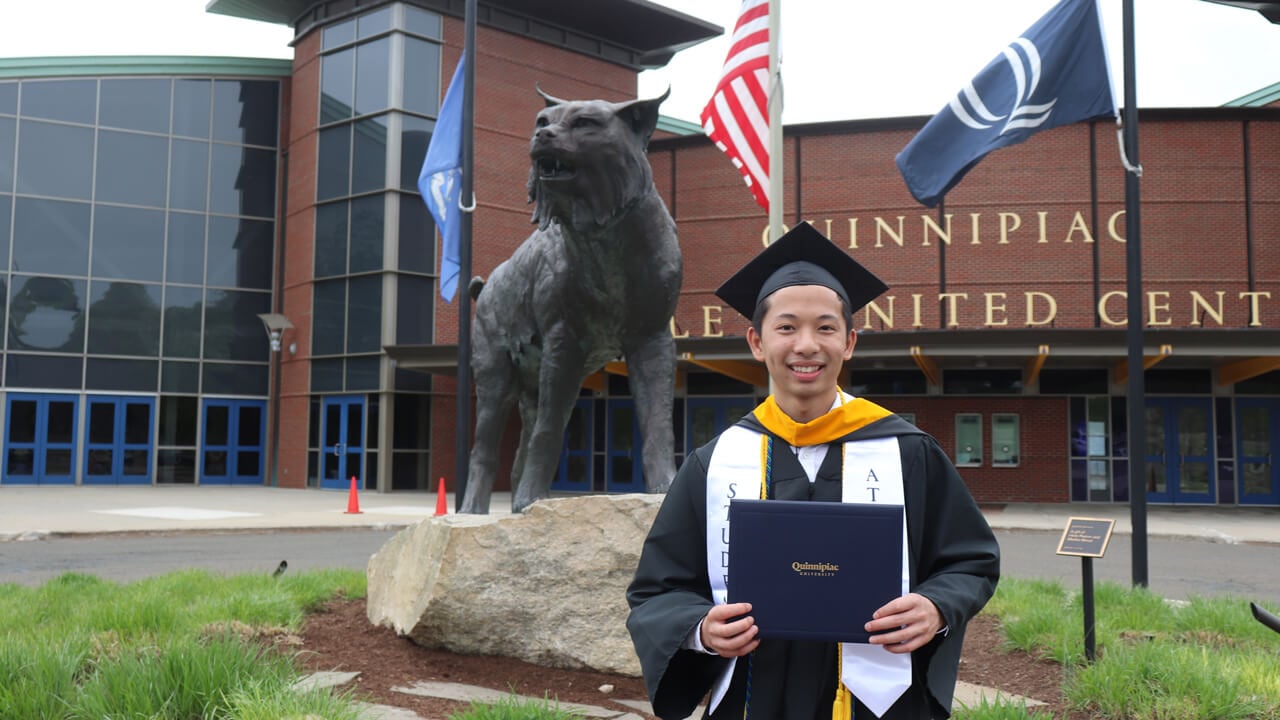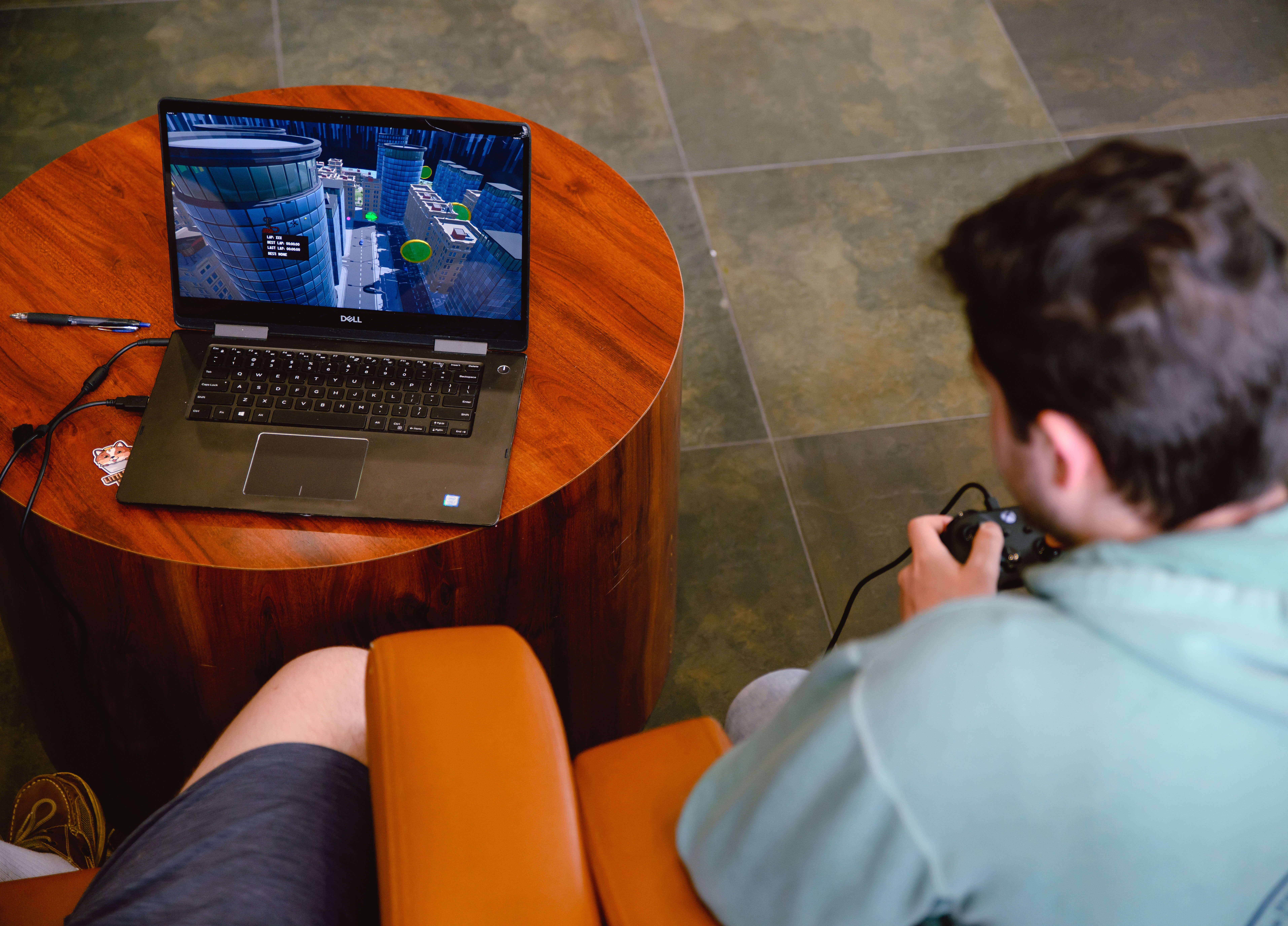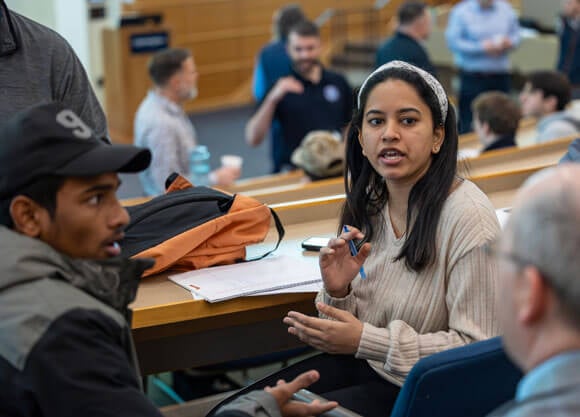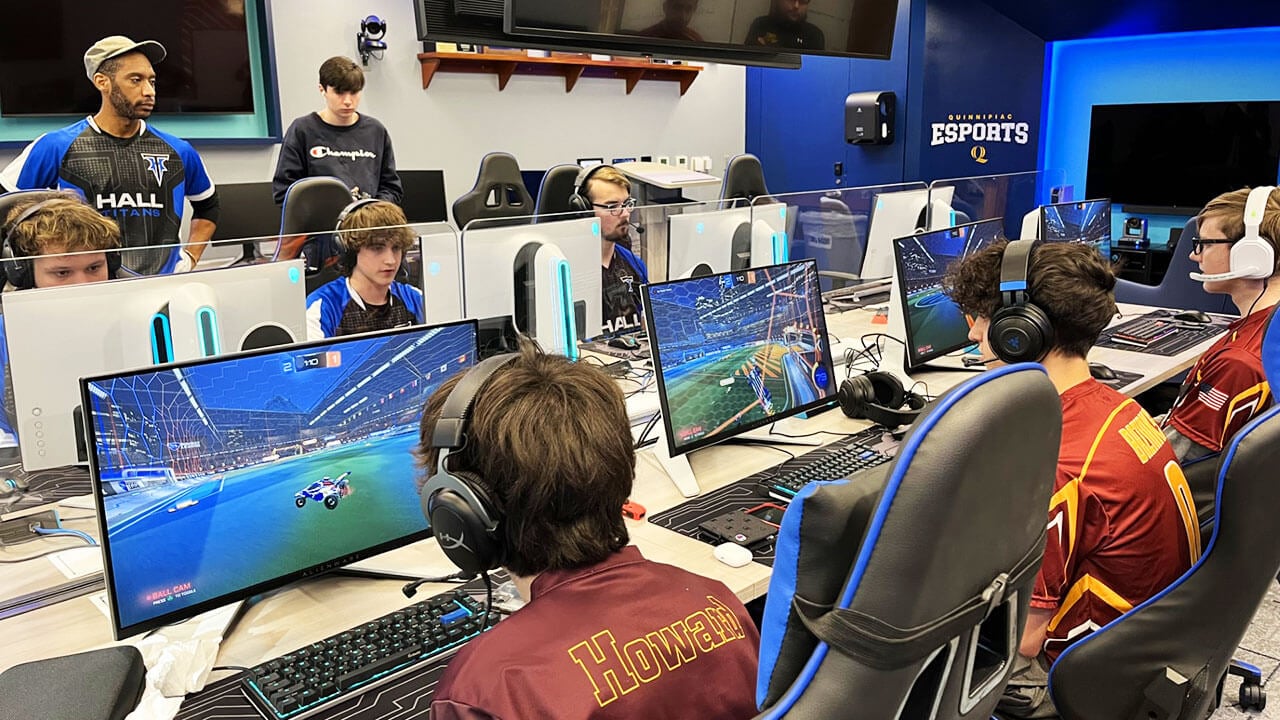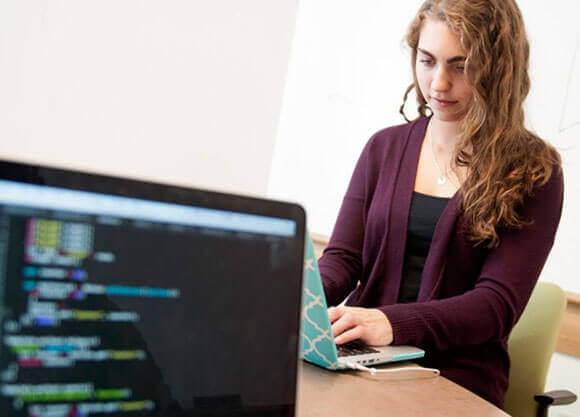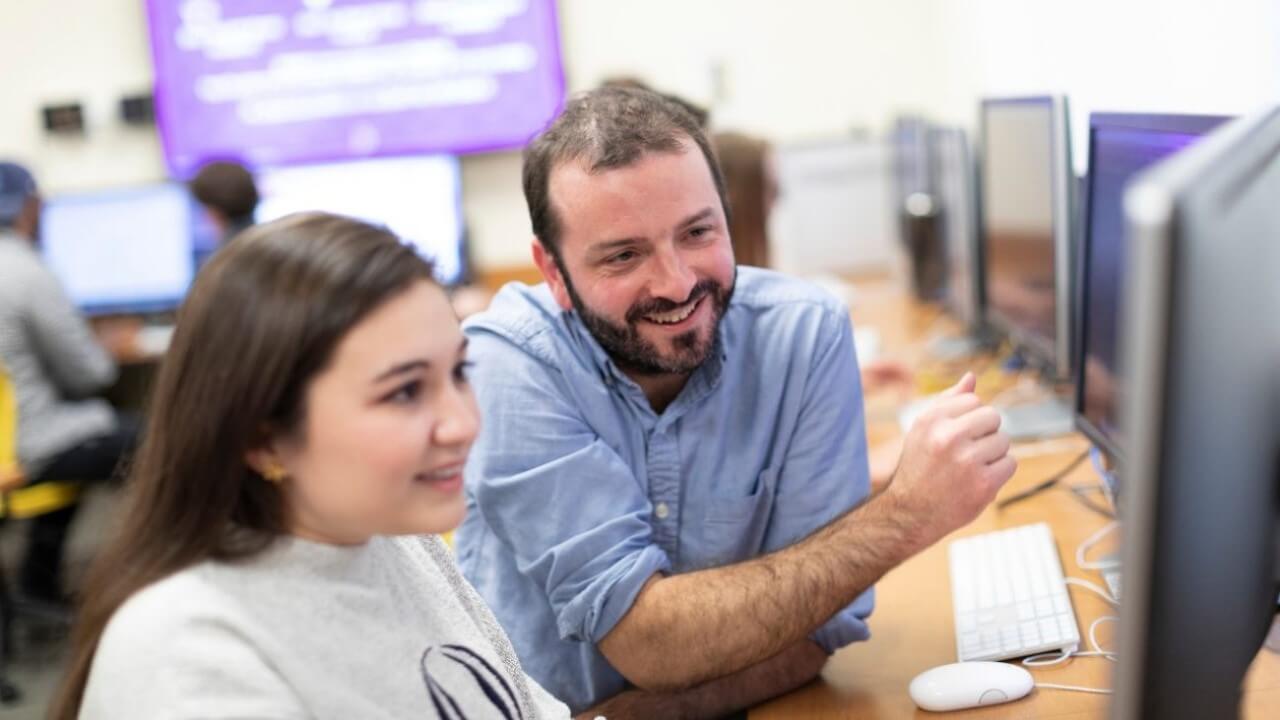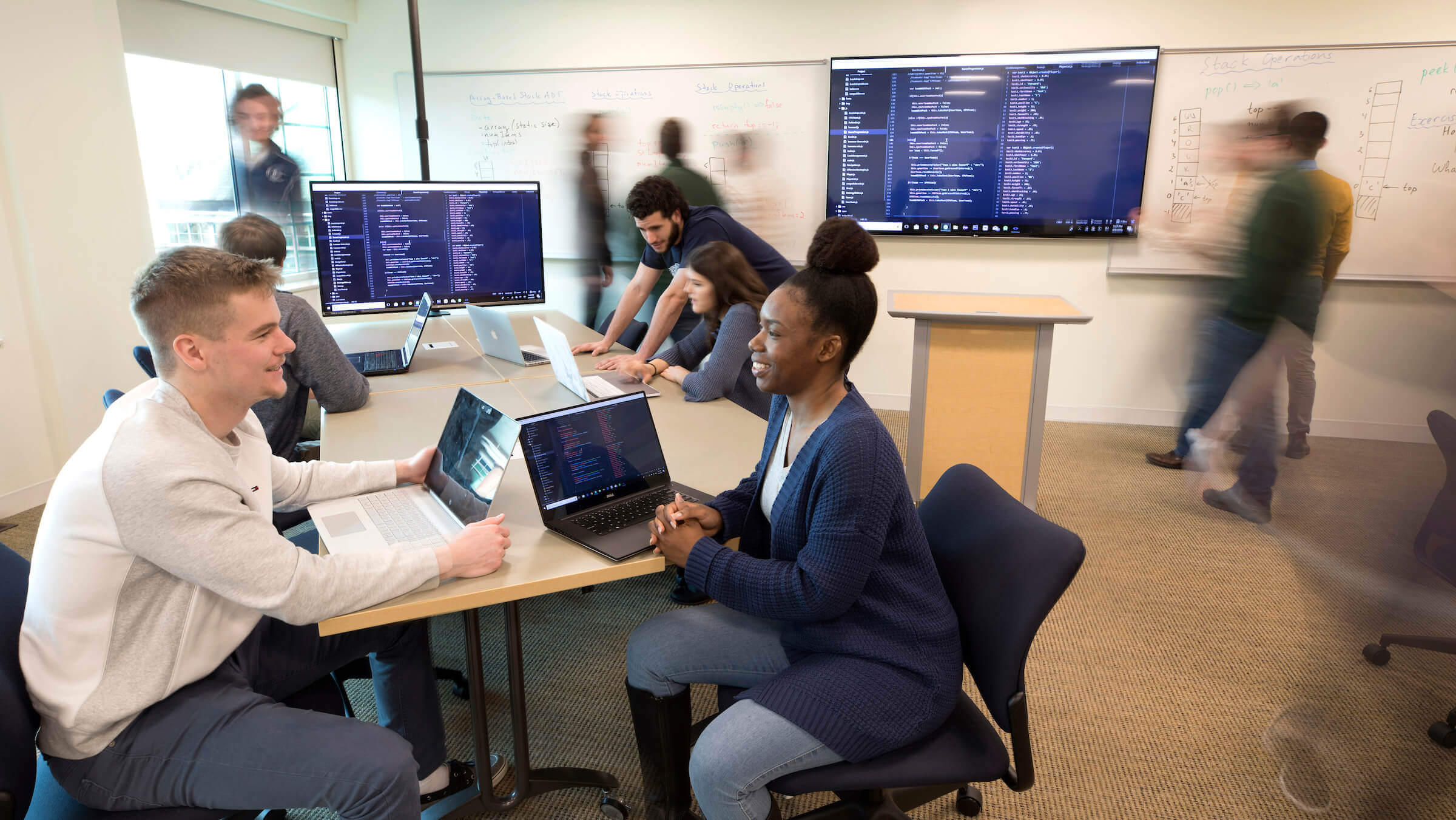
Careers in computing and information technology continue to experience tremendous growth, outpacing nearly every other profession. Our diverse lineup of computing-based academic programs — from computer science to cybersecurity and everything in between — places you at the forefront of that growth, unlocking nearly endless career pathways. If you’re interested in becoming a software developer, video game designer, UX specialist or information security expert, we have the program for you.
On the other hand, if you aren't sure what program is right for you just yet, Computing 360 enables incoming students to sample various areas of study before they declare a major. After getting an idea of what to expect as a computer science, data science, software engineering or game design and development major, students can easily select the discipline that best matches their interests and long-term career goals. With the help of dedicated academic advisers and career services staff, students have the freedom and support they need to navigate courses and forge the right pathway to success beyond the classroom.


